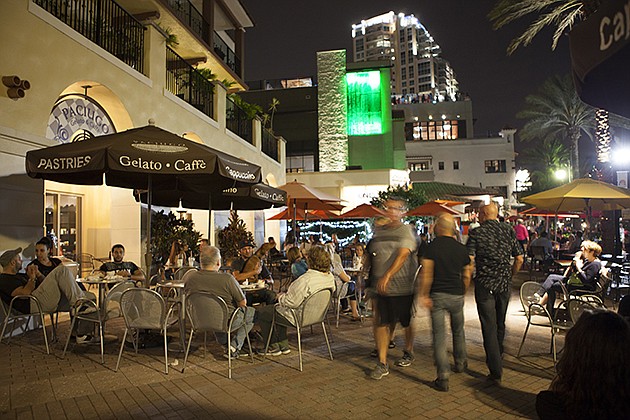- December 13, 2025
-
-
Loading

Loading

When West Palm Beach-based Kolter Group LLC officially broke ground earlier this month on its One St. Petersburg hotel and condominium project, it capped a renaissance decades in the making for the Pinellas County city.
At 41 stories, One will be St. Petersburg's tallest building when completed next year. The project will contain 253 luxury condominiums —priced starting at $600,000 — a 174-room Hyatt hotel and 17,000 square feet of retail space, within walking distance from the city's famed Beach Drive retail strip.
Kolter officials say they were drawn to St. Petersburg's downtown by a mix of amenities and a lifestyle that has been carefully cultivated over years by city support and zoning, public and private investment and a desire to integrate living and working.